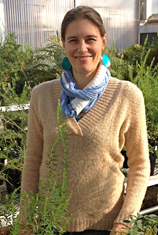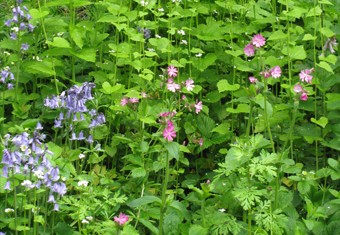

Abstract
Nonnative plant invasions of native plant communities cause significant and unwanted ecological impacts including decreased native biodiversity and impaired ecosystem functioning. Because nonnative plants can have significant and long-lasting impacts, land managers spend substantial time and money managing nonnative invasive species. The reinvasion of sites managed for invasive species—either by the target nonnative or a secondary nonnative species—is an increasingly common impediment to achieving restoration goals. Researchers and practitioners have labeled this phenomenon an “invasion treadmill”, and successful invasive species management in conservation areas demands that researchers and practitioners develop a better understanding of the relative importance of the ecological mechanisms that promote invasion treadmills.
The critical knowledge-gap here is understanding when and why invasion treadmills are likely to occur. There are two key aspects to this gap. First, although we know that nonnative plants are sometimes more likely than natives to recolonize a previously invaded area, we do not have a theoretical framework to predict when this is likely to occur. In part, this is because researchers have traditionally focused effort on understanding the factors that promote invasion into “intact” native communities. Additionally, the mechanisms that govern the re-colonization and community assembly of managed sites may differ owing to the legacy effects of the current invasive species or disturbances caused by management. Second, although management of invasive plant species is common, reporting the outcome of management programs is rare. Valuable data on the conservation outcomes of invasive species management projects exist within current conservation management databases or with individual land managers themselves. These data sources are rarely accessed by scientists, but could provide critical information that can help address key questions including questions about invasion treadmills. As a Smith Fellow, I will fill this “data void” by achieving the following objectives: 1) to understand the relative importance of the mechanisms that promote the reinvasion of conservation sites after management, through a series of field and greenhouse experiments; and 2) to analyze conservation management datasets to locate patterns of when invasion treadmills are most likely to occur.
